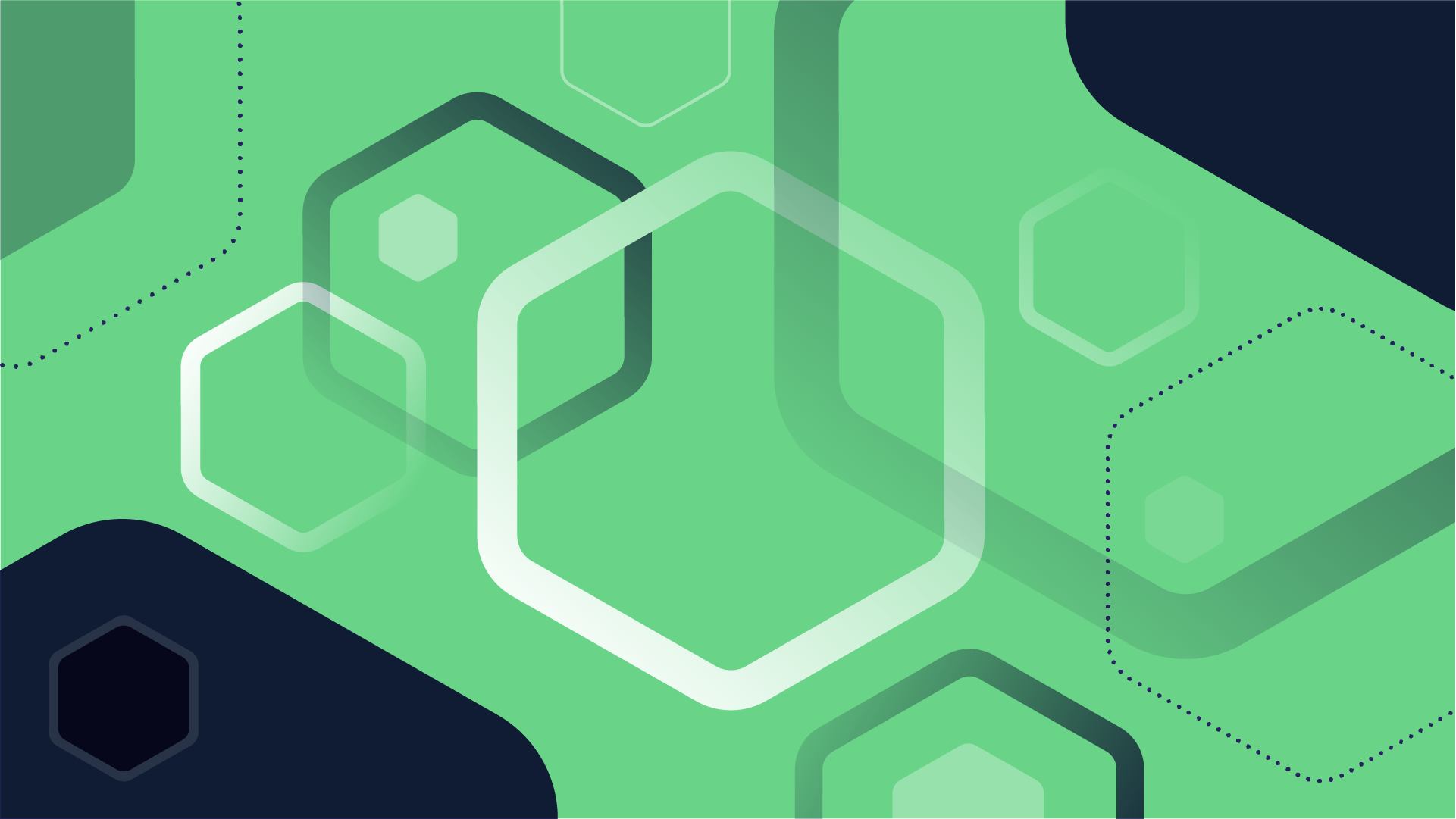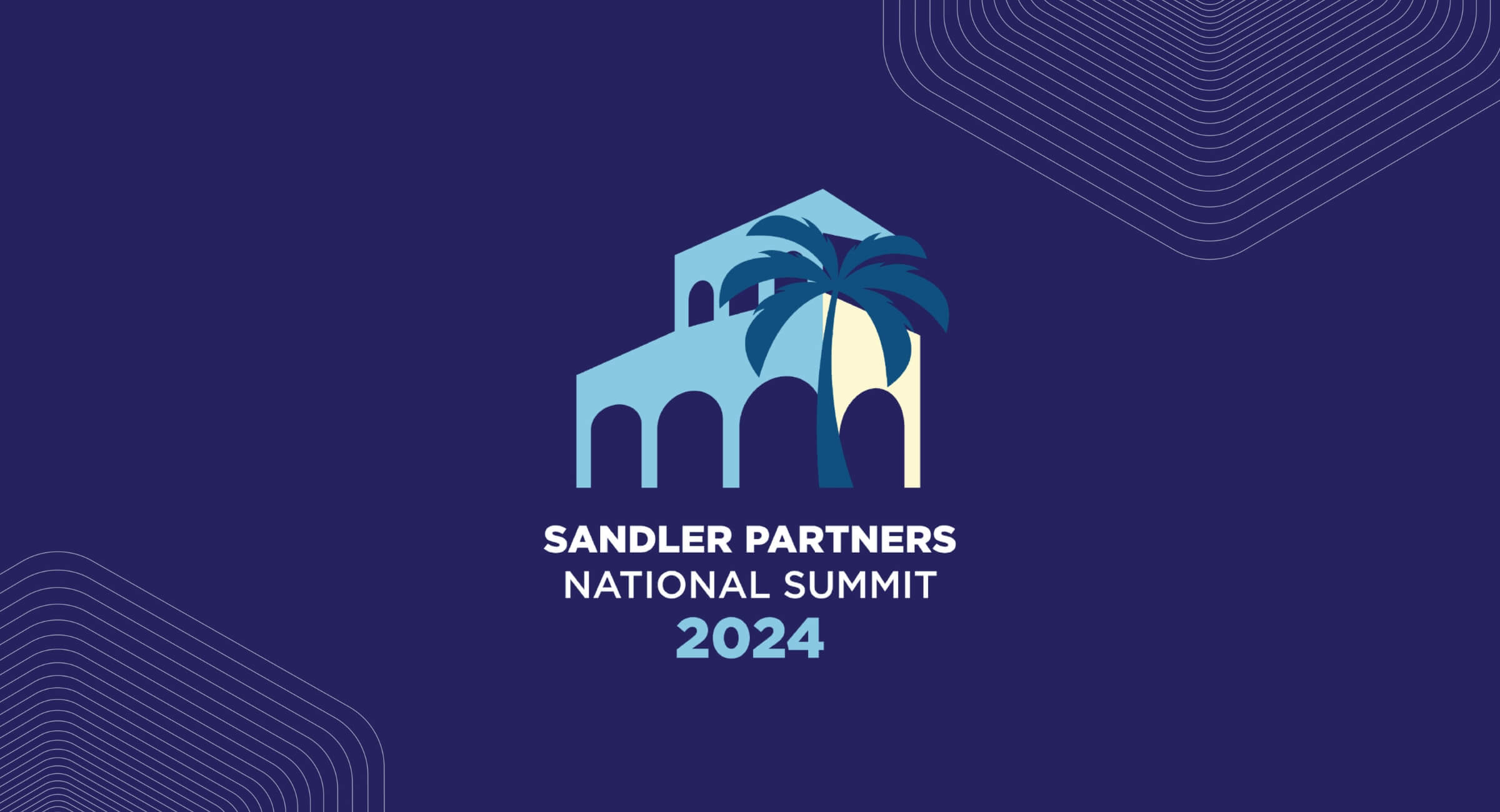The NIST Cybersecurity Framework (NIST CSF) is a voluntary set of guidelines created by the National Institute of Standards and Technology (NIST) to help organizations improve their cybersecurity posture. It’s not a regulation, but rather a recommended approach to manage cybersecurity risk.
It focuses on six key functions: Identify, Protect, Detect, Respond, Recover, and Govern. These functions provide a high-level structure for organizations to consider when building their cybersecurity programs.
NIST CSF was originally created in 2014 following a presidential Executive Order. The goal was to help organizations understand, reduce and communicate about cybersecurity risk.
A decade later, NIST CSF was updated in 2024. Among the changes to NIST CSF for its 2.0 version, was the addition of the key function “Govern,” which was not originally part of the initial release. Part of the reason Govern was added as a key function is because governing, or managing, your cybersecurity posture is a continuous process. You can get a quick rundown of what changed in NIST 2.0 on our blog.
The framework can be adapted to fit the specific needs and resources of any organization, regardless of size or industry.
Forms/types of the NIST Cybersecurity Framework
NIST CSF itself isn’t a form or a specific type of document. It’s a framework, which means it provides a high-level structure and guidance, not a rigid set of requirements.
However, the NIST CSF does have different components that can be helpful:
- Core Functions: These are the six high-level categories that organize cybersecurity activities: Identify, Protect, Detect, Respond, Recover, and Govern. Each function has its own set of desired outcomes.
- Categories and Subcategories: These provide more specific details under each core function. They outline recommended activities an organization can take to achieve the desired outcomes.
- Implementation Examples: The NIST CSF offers non-mandatory examples of how to implement the framework’s recommendations. These are not one-size-fits-all solutions, but they can provide helpful starting points.
- Informative References: These are links to existing standards, guidelines, and best practices that can be used to achieve the framework’s objectives.
While there are no formal “forms” associated with the NIST CSF, some organizations may choose to create their own documentation based on the framework.
You can compare the NIST CSF to a comprehensive recipe book. This recipe book wouldn’t dictate a single dish but rather provide a framework for various meals that suit your specific needs and resources.
The book is divided into six main sections, each representing a core ingredient. Each core function section offers a variety of recipes (categories) with detailed steps (subcategories). The beauty of this recipe book is that you can choose the recipes and steps that best suit your organization’s taste (risk tolerance, industry requirements). You can even adjust ingredient quantities (tailor security controls) based on your specific needs.
Why Should Businesses Care About NIST Cybersecurity Framework?
Businesses should care about the NIST Cybersecurity Framework (NIST CSF) for several reasons:
NIST CSF Reduces Risk of Cyberattacks
By implementing the NIST CSF, businesses can significantly reduce their risk of cyberattacks. The framework outlines best practices for identifying vulnerabilities, protecting critical assets, detecting security incidents, responding effectively, and recovering from disruptions. Following these guidelines strengthens an organization’s overall cybersecurity posture, making it a less attractive target for attackers.
NIST CSF Can Enhance Customer Trust
Data breaches and cyberattacks can severely damage customer trust. Demonstrating a commitment to cybersecurity by adhering to a recognized framework like the NIST CSF reassures customers that their data is protected. This can lead to increased customer loyalty and potentially even a competitive advantage.
NIST CSF Improves Regulatory Compliance
Many regulations have cybersecurity requirements, and the NIST CSF can serve as a roadmap for meeting these requirements. By aligning their cybersecurity practices with the framework, businesses can streamline compliance efforts and avoid potential fines or penalties.
NIST CSF Offers a Structured Approach to Cybersecurity
The NIST CSF provides a structured and organized approach to cybersecurity. It helps businesses identify their security gaps, prioritize their efforts, and allocate resources effectively. This can lead to a more efficient and cost-effective cybersecurity program.
NIST CSF Helps You Adopt a Proactive Security Posture
The NIST CSF goes beyond just reacting to cyber threats. It encourages businesses to adopt a proactive approach to cybersecurity, continuously identifying and addressing vulnerabilities before they can be exploited.
By leveraging this framework, businesses can create a more secure environment for their data, operations, and reputation.
NIST CSF In the Context of Cybersecurity Frameworks
Of course, NIST CSF is not the only cybersecurity framework available. Unlike some frameworks mandated by regulations, NIST CSF is voluntary. This allows organizations to adapt it to their specific needs and resources.
NIST CSF isn’t meant to replace existing cybersecurity frameworks. Instead, it acts as a complementary tool. Organizations can integrate NIST CSF with industry-specific frameworks or internal security policies for a more comprehensive approach. Here are some other frameworks and standards of note:
COBIT (Control Objectives for Information and Related Technologies)
Created by the Information Systems Audit and Control Association (ISACA), COBIT takes a broader view than NIST, providing a governance framework for IT management, including security. It emphasizes aligning IT with business goals and managing IT risks, is more high-level, and offers less specific guidance on implementing security controls.
COBIT can be a good starting point for organizations to establish an overall IT governance structure, which NIST CSF can then complement by providing a more practical roadmap for implementing cybersecurity measures.
ISO 27001 (International Organization for Standardization 27001)
ISO 27001 is a specific standard for an Information Security Management System (ISMS). It outlines a set of requirements for implementing information security controls. Unlike NIST, ISO 27001 is a prescriptive framework, mandating specific controls to be implemented.
NIST CSF can be seen as a bridge between high-level information security goals and the specific controls mandated by ISO 27001. Organizations aiming for ISO 27001 certification can leverage NIST CSF to identify the gaps between their current posture and the ISO requirements.
CIS Controls (Center for Internet Security Controls)
CIS Controls offer a prioritized list of actionable and effective cybersecurity controls. They are specifically designed to be readily implemented and provide a high return on investment. CIS Controls are more granular than NIST and focus on specific actions to mitigate security risks.
CIS Controls perfectly complement NIST CSF. Organizations can map the CIS Controls to the relevant NIST CSF functions (Identify, Protect, Detect, Respond, Recover, and Govern) to achieve a more comprehensive and actionable cybersecurity program. NIST CSF provides the overall framework and structure, while CIS Controls offer specific control recommendations to fill in the details.
Related Systems or Technologies
There are several related systems and technologies that work well alongside NIST CSF:
- Security Information and Event Management (SIEM): A SIEM system collects and analyzes security data from various sources across an organization’s network. This aligns with the NIST CSF’s Detect function by helping identify potential security incidents.
- Security Orchestration, Automation, and Response (SOAR): SOAR platforms automate security tasks and workflows, streamlining incident response processes. This complements the NIST CSF’s Respond function by facilitating faster and more efficient responses to security incidents.
- Vulnerability Management Tools: These tools identify, assess, and prioritize vulnerabilities in systems and applications. This aligns with the NIST CSF’s Identify and Protect functions by helping organizations discover weaknesses and implement appropriate safeguards.
- Access Control Systems: These systems manage user access to data and resources, restricting unauthorized access. This directly supports the NIST CSF’s Protect function by ensuring only authorized users can access sensitive information.
- Data Loss Prevention (DLP) Tools: DLP solutions prevent sensitive data from being exfiltrated from an organization’s network. This aligns with the NIST CSF’s Protect function by safeguarding sensitive data.
- Security Ratings and Assessments: These services provide an objective evaluation of an organization’s cybersecurity posture. This can be helpful for organizations looking to identify areas for improvement in their alignment with the NIST CSF.
- Cyber Threat Intelligence (CTI): CTI involves collecting and analyzing information about cyber threats. This aligns with the NIST CSF’s Identify function by helping organizations stay informed about the latest threats and vulnerabilities.
Related Regulations or Compliance Goals
NIST CSF can be a valuable tool for organizations striving to comply with various cybersecurity regulations and standards. Here’s how NIST CSF aligns with compliance goals:
- Fulfills Requirements of Existing Regulations
Many regulations, like Health Insurance Portability and Accountability Act (HIPAA) or the Payment Card Industry Data Security Standard (PCI DSS), have cybersecurity requirements. NIST CSF can help organizations identify the controls needed to meet these requirements and demonstrate compliance.
- Proactive Approach to Regulatory Changes
The cybersecurity landscape is constantly evolving, and new regulations may emerge. By adopting NIST CSF’s continuous improvement cycle, organizations can proactively address evolving security risks and stay ahead of potential regulatory changes.
- Demonstrates Due Diligence
Even in the absence of specific regulations, adhering to a recognized framework like NIST CSF demonstrates an organization’s commitment to cybersecurity. This can be beneficial during legal disputes or security incidents, as it shows a good faith effort to protect sensitive data.
- Alignment with Industry Standards
Many industries have their own cybersecurity standards or best practices. NIST CSF can often be mapped to these industry standards, providing a roadmap for achieving compliance.










